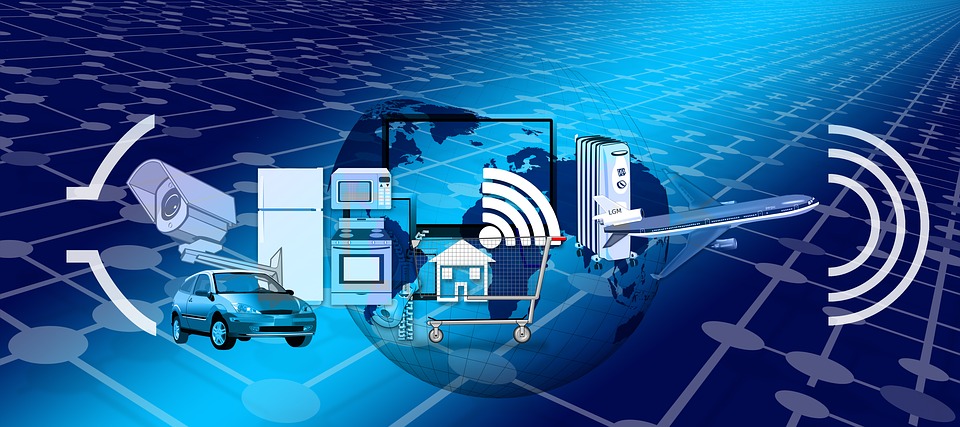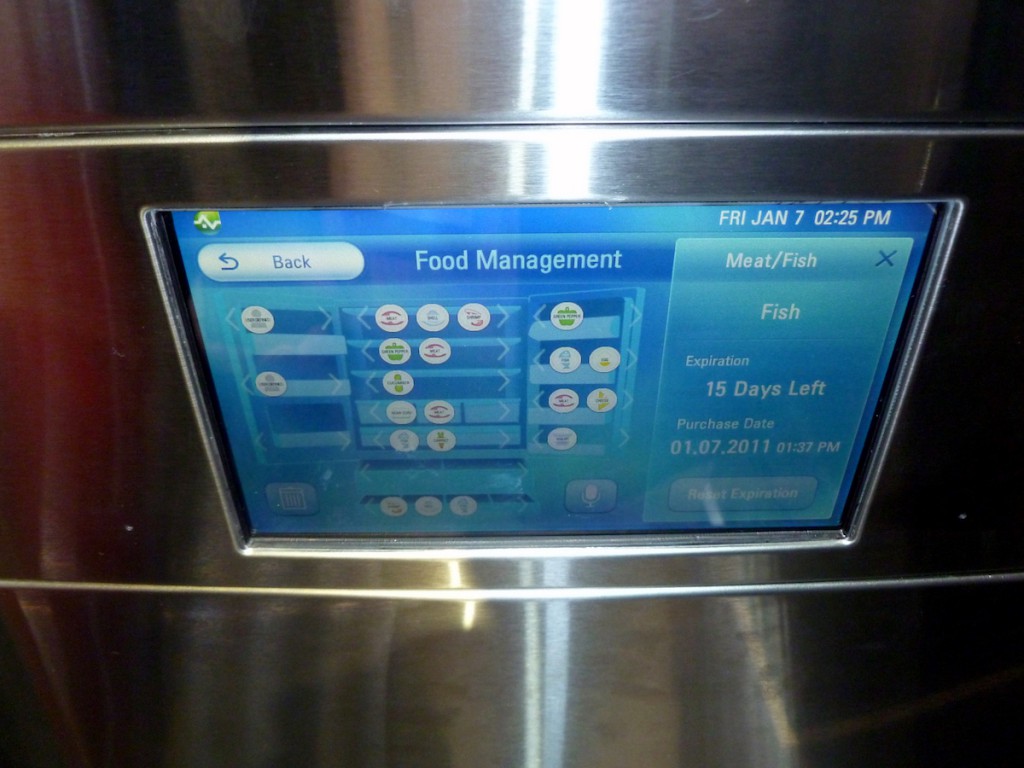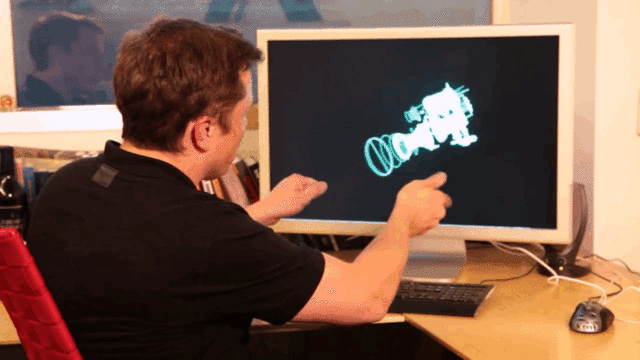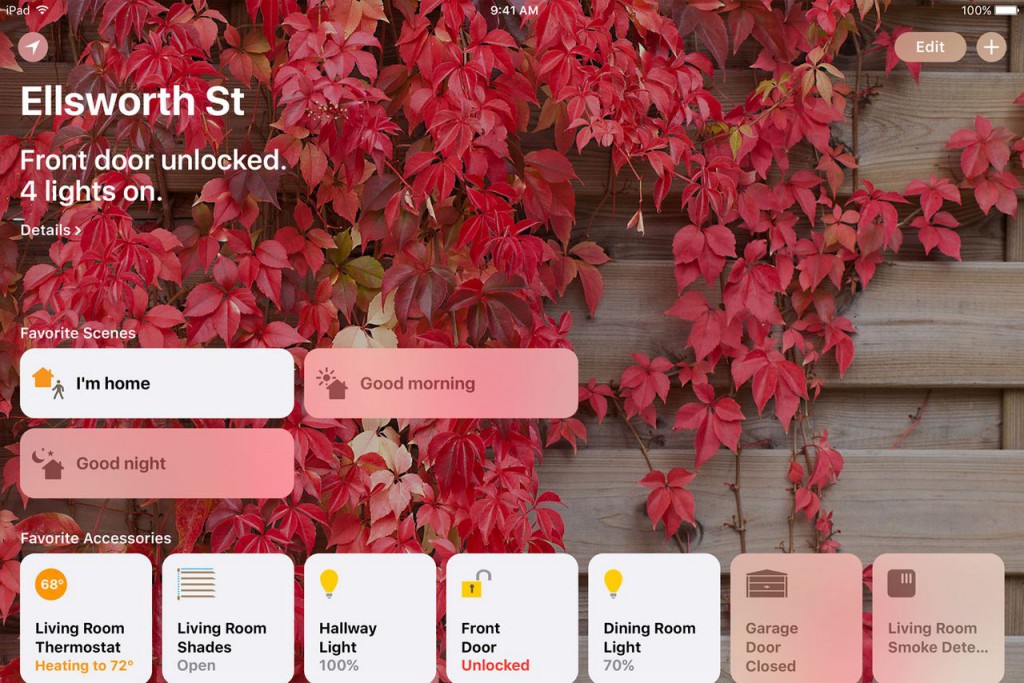If you’re interested in anything tech-related, you’ve likely caught wind of the hype surrounding the Internet of Things.
If not, here’s what you need to know: the Internet of Things (or IoT) is:
“a network of everyday devices, appliances, and other objects equipped with computer chips and sensors that can collect and transmit data through the Internet.”
(according to dictionary.com)
We’ve already seen the first applications of this idea with things like smart homes, smart security systems, smart kitchen appliances, and even smart scales.
But the world of IoT is set to expand – and that has some big implications for the work that designers and developers do.
With the growth of the IoT, the scope of work that developers and designers undertake is set to explode: in addition to developing and designing apps and devices for traditional devices we’re used to connecting online with, like tablets, mobile devices, and computers , we’ll start to see more work open up in developing for everyday objects.
With big things ahead for the IoT, we’re rounding up some top tips and things to keep in mind when designing for the Internet of Things.
1) Make security a top priority

Users are becoming more savvy and aware of security in every area of their increasingly connected lives.
This awareness is going to extend to the Internet of Things in a big way, and security will likely become a bigger issue than it is now.
Why’s that? Imagine having an in-home device that was transmitting tons of data about you and your home. Now imagine you weren’t confident in that device’s security. Not at all reassuring, right?
So when it comes to designing for the IoT, new apps and devices need to address these security concerns from the get go, and ideally have top notch authentication, encryption, and other security features built in.
IoT apps and devices are going to have huge reach into their users’ lives, and it’s important to make sure that reach is secure.
2) Think big picture for app design

IoT apps are a different kettle of fish than the ones we’ve grown used to over the years, and they’re going to provide users with a very different service.
Think of a traditional mobile app: it’s designed for a niche market, to fulfill a very specific functionality. That’s great for mobile devices, but it’s not what we’re after for the IoT.
IoT apps and devices, by nature, require communication and connectivity between devices and functionality, and therefore should aim to work with a whole ecosystem rather than serve one niche function.
The end goal of the IoT is complete connectivity, and IoT apps are going to need to reflect this goal.
3) Reimagine device aesthetics

LG Smart Refrigerator, via Wikimedia Commons
The IoT is going to introduce us to a broad new range of internet-connected devices. It’s no longer just about tablets, phones, or computers.
The IoT will extent connectivity to wearables like watches, bracelets and other jewelry; washing machines and other appliances; and a huge range of other everyday objects.
This presents a huge opportunity to think about new ways to do design.
The devices we’re used to today have a particular look (think chrome brushed aluminum, black molded plastic, glass screens). But IoT devices mean we can get away from this aesthetic, if we want to, by bringing traditional materials into technology design, for example.
4) Go beyond buttons and touchscreens

On smartphones, tablets, and computers, buttons and touchscreens are the user controls of choice. But IoT applications present an opportunity to reimagine these interfaces, and give users new ways to control their experience.
There’s Leap Motion, for example, which uses an infrared camera to detect hand and finger gestures, eliminating the need for interfaces like buttons and touchscreens.
This is an idea that could be extended to a huge variety of devices, taking us back to a world where we use our hands to interact with the world through everyday, network-integrated objects.
On the flip side, some people advocate for moving away from physical objects altogether, and focusing more on the service layer. You can read up on that idea here.
5) Think about the data

Image: iOS 10 Home app for IoT devices
One consequence of the development of the IoT is that it will transmit a ton of data – maybe too much. If everything from light bulbs to public transit networks are connected to a network and are constantly transmitting data (and most of it useless), we could end up with a data overload.
Gadi Amit, the president of New Deal Designs offers up some good insight into this problem.
Amit has called out many IoT ‘smart devices’ for not truly being smart, criticizing the fact that they just collect all the data they can and stream it into the cloud.
Amit wants to see these devices shift the way they handle data, and he advocates that smart IoT devices instead become ‘Wise Devices.’
What would this look like? ‘Wise Devices’ would be able to sort through all the noise of all that data and deliver only what users want (i.e. contextual data).
There aren’t many examples of so-called ‘Wise Devices’ yet, but the idea of filtering data is definitely something to keep in mind when designing for the Internet of Things.
Wrap Up
The Internet of Things has been getting hype for years, but we’re starting to see it take off in a real way.
For designers and developers, that means a whole new set of design problems to tackle and an even wider scope of work.
Time will tell how the development of the IoT shakes up the world of design, but for now, these five tips are worth keeping in mind.
